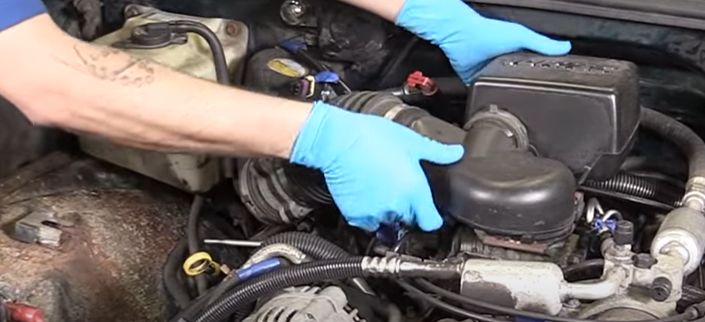What To Use To Flush Heater Core

Heater cores are crucial for vehicle comfort, but blockages can lead to cold cabins, especially as winter approaches. Discover the best methods and solutions for effectively flushing your heater core and restoring warmth to your car.
This article provides a concise guide on selecting the right flushing agents and tools to clear blockages, ensuring optimal heater core performance and preventing costly repairs.
Choosing the Right Flushing Solution
Several options exist for flushing a heater core, each with its strengths and weaknesses.
Clean Water is the safest and often the first recommended approach. It's gentle and minimizes the risk of damaging the core, especially for minor blockages.
Commercial Flushing Solutions are designed specifically for automotive cooling systems. These products often contain detergents and chelating agents to dissolve scale and rust.
Vinegar, a common household item, can be effective for dissolving mineral deposits. However, it must be thoroughly flushed out afterward to prevent corrosion.
Citric Acid is another mild acid option that can be used to remove rust and scale. Similar to vinegar, ensure complete removal after flushing.
Essential Tools for the Job
Having the right tools is critical for a successful heater core flush. You will need a few things.
Garden Hose is necessary for connecting to the heater core inlet and outlet hoses. Ensure the hose is clean and free of debris.
Hose Clamps are used to securely connect the hose to the heater core connections. This prevents leaks during the flushing process.
Bucket is needed to collect the flushing solution as it exits the heater core. This helps to monitor the cleanliness of the flush.
Safety Glasses and Gloves are always essential for protecting your eyes and skin from chemicals and debris. Personal safety should always be your priority.
Backflushing Tool (Optional) This specialized tool can provide a more powerful and effective flush.
The Flushing Process: A Step-by-Step Guide
Begin by disconnecting the heater core inlet and outlet hoses in the engine compartment. Identify these hoses using your vehicle's repair manual or online resources.
Attach the garden hose to the heater core inlet hose, securing it with a hose clamp. Place the outlet hose into the bucket.
Turn on the water supply and allow water to flow through the heater core. Observe the color and debris coming out of the outlet hose.
If using a commercial flushing solution, vinegar, or citric acid, follow the product's instructions. Generally, this involves circulating the solution through the heater core for a specific amount of time.
After using any chemical solution, thoroughly flush the heater core with clean water until the water runs clear. This step is vital to prevent damage to your cooling system.
Reconnect the heater core hoses, ensuring they are securely clamped. Top off the coolant level in your radiator or coolant reservoir.
Warning Signs of a Clogged Heater Core
Several symptoms can indicate a blockage in your heater core.
Cold Air from Vents: This is the most obvious sign of a problem. Despite the engine reaching operating temperature, the air blowing from the vents remains cold.
Overheating Engine: A clogged heater core can restrict coolant flow, leading to engine overheating.
Coolant Loss: Blockages can cause pressure build-up, potentially leading to leaks and coolant loss.
Sweet Smell Inside the Car: This could indicate a coolant leak within the heater core itself.
Preventative Maintenance
Regular maintenance can help prevent heater core blockages.
Regular Coolant Flushes: Following your vehicle manufacturer's recommended coolant flush intervals is crucial.
Using the Correct Coolant Type: Using the recommended coolant type is essential for preventing corrosion and scale buildup.
Checking Coolant Levels Regularly: Maintaining proper coolant levels helps ensure adequate circulation and prevents air pockets.
Next Steps
If flushing the heater core doesn't resolve the issue, further diagnosis may be necessary.
Consider seeking professional assistance from a qualified mechanic to inspect the entire cooling system. A mechanic can identify and address underlying problems, such as a faulty thermostat or water pump.
Ignoring a clogged heater core can lead to more serious engine damage, so prompt action is crucial.
Don't delay – ensure your vehicle's heating system is ready for the cold months ahead.

















